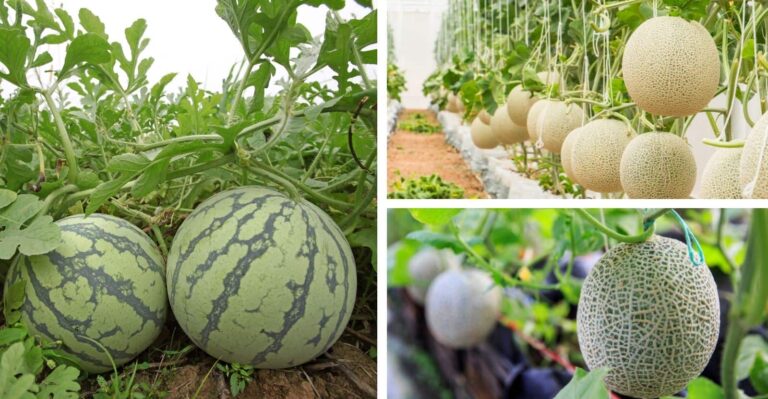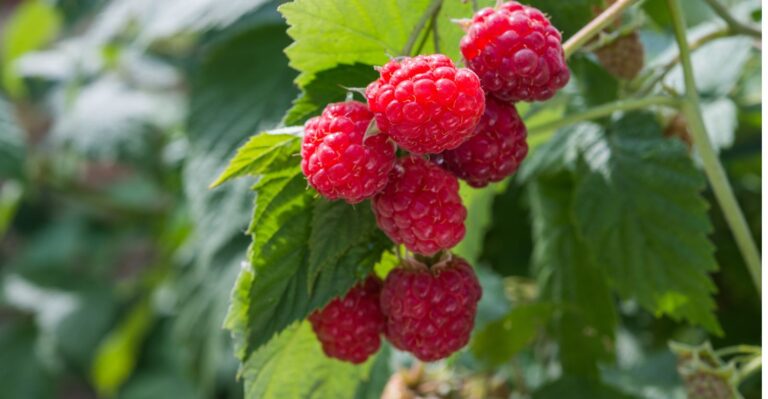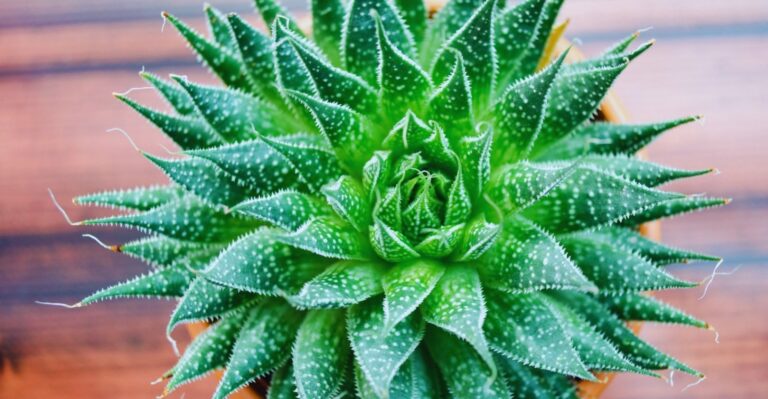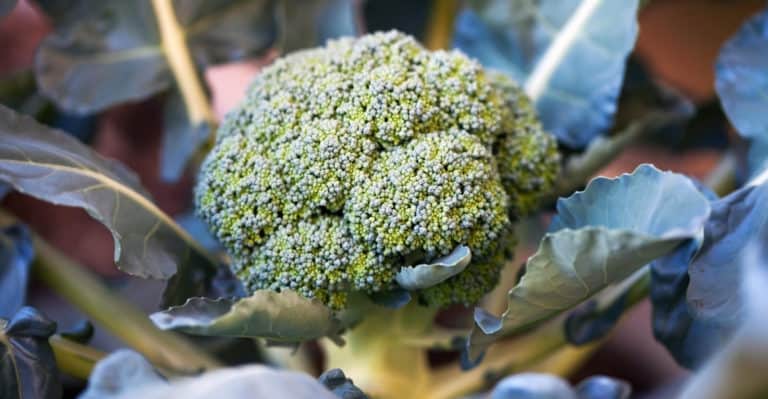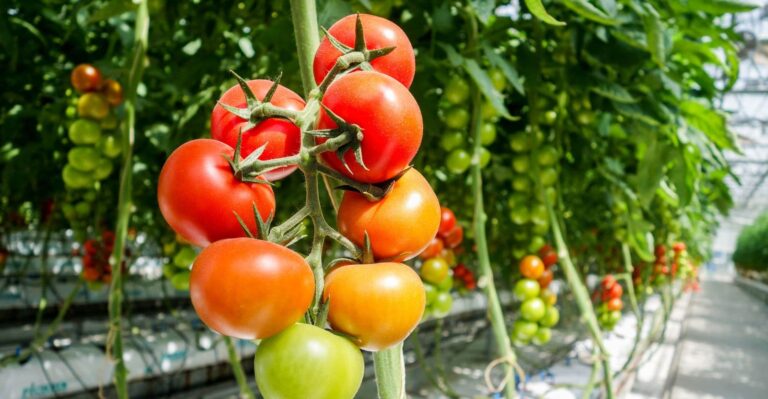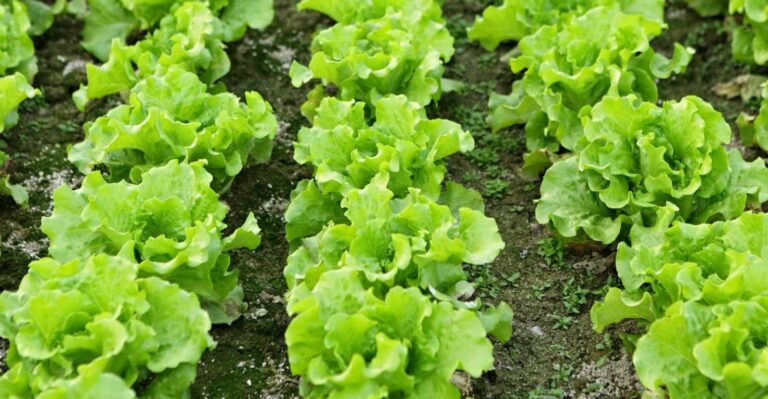Amazon has put together some great Home Gift Deals – save money and get your shopping done at the comfort of your home! Click here to see deals on Amazon
Basil is an aromatic plant with a strong aroma and flavor. You can plant it indoors or outdoor where it can get full sunlight. There are different types of basil that you can buy, and many people get confused about Holy basil vs. Thai basil.
The main difference between Holy basil and Thai basil is the difference in flavor. Holy basil has a strong clove-like flavor, whereas Thai basil has licorice and spicy flavor.
There’s a bit more difference between these two that we have covered in-depth in the rest of the post.
What is the difference between Holy basil vs. Thai basil?
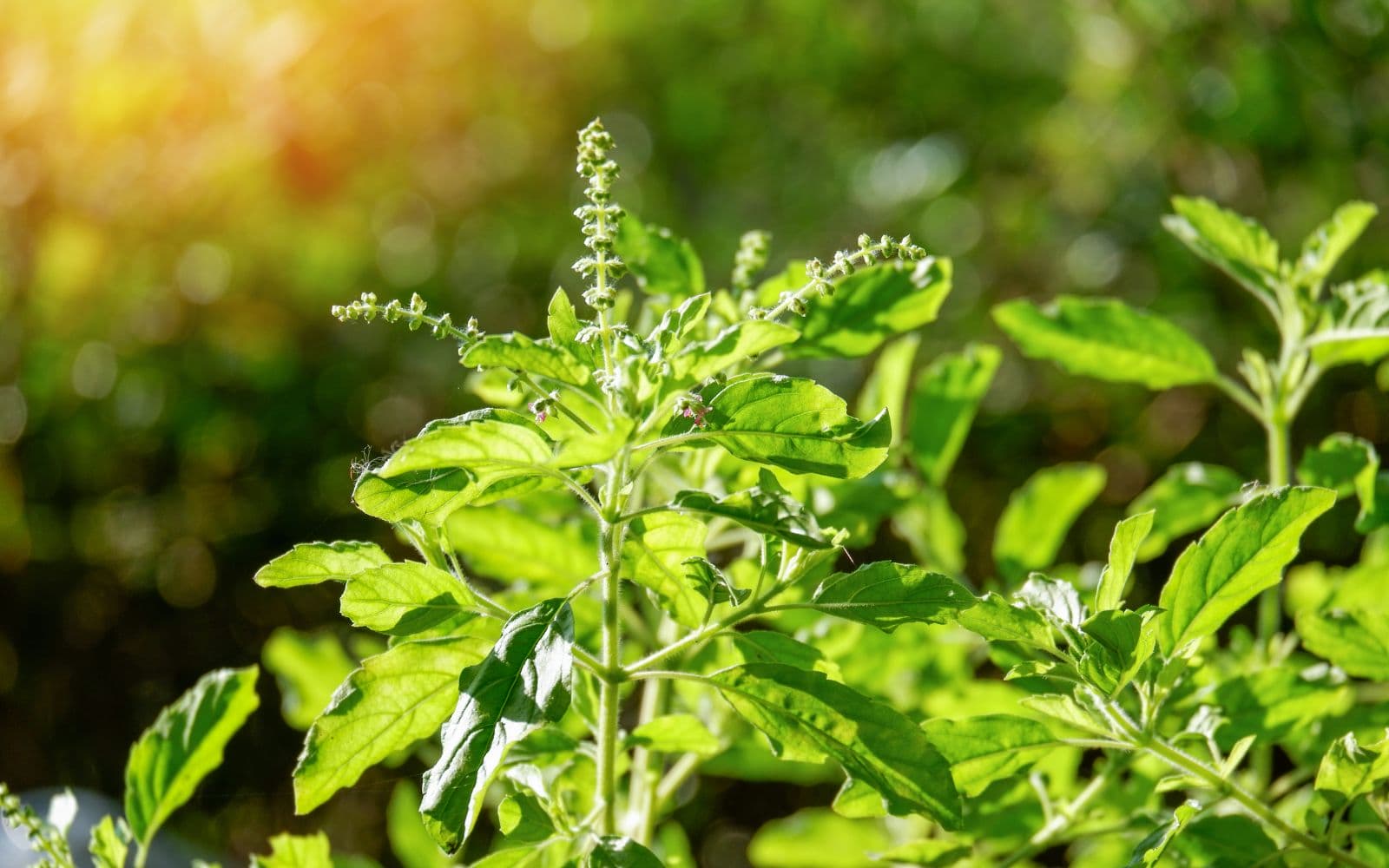
Basil is a flavored herb used in different cuisines. It’s the ultimate taste of summer that is easy to grow and ready to pick by about late June from April.
There are different varieties of basil, some of which are less quick to flower. You can know the difference between Holy basil vs. Thai basil by looking at their leaves’ texture and smell.
Holy basil green leaves are edged and larger than Thai basil leaves. On the other hand, Thai basil leaves are a bit smaller and have a pointed shape.
Both holy basil and Thai basil have been used for medicinal purposes and in cuisine. Holy basil is rich in vitamin A and C, including minerals such as calcium, zinc, or iron.
Here is a summary of the Holy basil vs. Thai basil difference.
| Holy Basil | Thai Basil |
|---|---|
| The plant can grow up to 12 to 20 inches tall with hairy stems. | The plant grows over 30 feet tall |
| It has a green and hairy stem. | Purple stem with more intense color |
| Dull green color leaves | Green and shiny colored leave |
| Clove flavor with a slightly bitter taste | Strong licorice sweet flavor |
| A perennial plant that can be grown indoors and outdoor | A tropical plant needs full sunlight. |
| Also known as Tulsi, most widely used as herbal medicine in Ayurveda. | Great to use in salads, soups, and sandwiches |
Another critical difference between Holy basil vs. Thai basil is that holy basil is part of the Ocimum tenuiflorum family, whereas Thai basil belongs to the Ocimum basilicum family.
Read More: How to get start planting and harvesting lettuce

What are the benefits of basil?
Basil has several benefits and is a prevalent herb used in different cuisines. At some places in Southeast Asia, it’s revered due to significant health benefits.
When we talk about basil, we mainly talk about basil leaves used in various cookings. It preserves and enhances the flavor of food. Here are the top 5 benefits of basil:
1. Improves Digestion
Basil is a rich source of minerals and is an antioxidant. It helps with digestion and improves the nervous system by balancing the stomach’s acidity and restoring optimal pH levels.
The basil leaves contain eugenol that has anti-inflammatory properties and heals the digestive wall.
2. Skin Cleansing
Basil essential oil is very aromatic and used for skin cleansing. It removes the dead tissues from the face and cleans the dirt and impurities.
You can add other ingredients such as sandalwood paste and rose water mixed with the basil to apply it on your face and leave it there for a couple of minutes. It helps your skin glow and bring freshness to your appearance.
3. Makes better health
Basil, particularly holy basil, has several medicinal properties with a long history of use for treating several ailments. The most important is it helps fight depression, stress, and aging.
People with the issue of diabetes can consume green leaves of basil safely as it improves blood sugar and cholesterol. Basil’s calming effect is quite evident. It relaxes blood vessels and thins your blood, similar to aspirin, without the risk of damaging your gut.
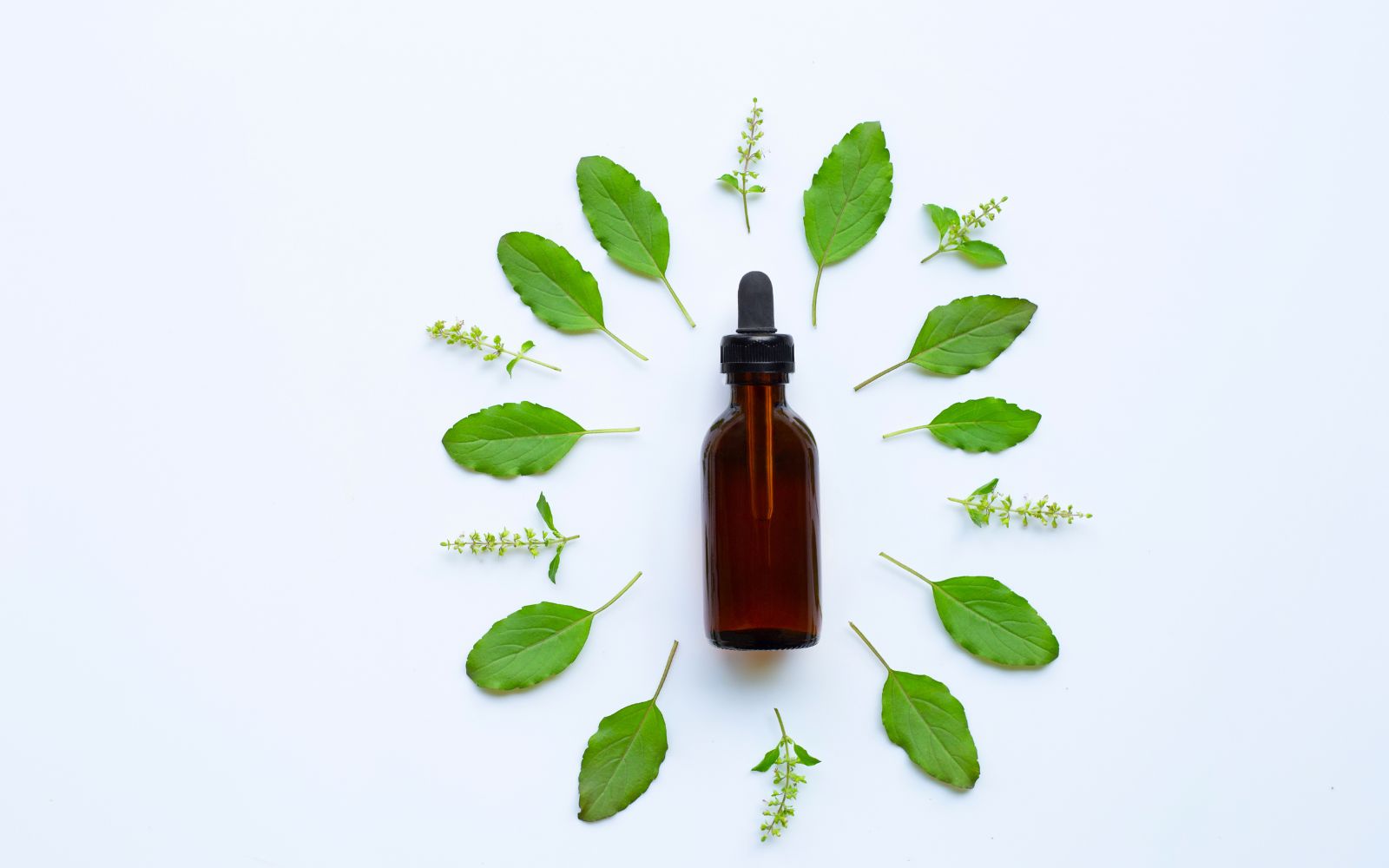
4. Helps fight cancer
Research published in Nutrition and Cancer shows that basil is rich in phytochemicals that prevent developing cancer. The antioxidant properties in basil stop the mutation of cancerous cells and stop the tumors from spreading.
5. Basil essential oil for treating acne
You can use basil essential oil for treating acne. You can mix basil with keratolytic medication that helps remove lesions from the skin. You can combine it with other essential oils such as almond or avocado that can be applied directly to the skin or added to the bath.
You can also inhale basil essential oil after sprinkling its few drops onto the pillow or cloth. You should do the patch test before applying it to the skin to ensure that your skin isn’t allergic to it.
Note:
Holy basil leaves contain several bioactive compounds including eugenol that lower blood glucose level
Can you substitute Thai basil for regular basil?
Thai basil and regular basil have different flavors. You get a sweet, mild taste with Thai basil green leaves, whereas regular basil is a bit spicier and peppery.
For example, if you’re making pasta and add Thai basil leaves, you will get licorice-flavored pasta in your food. But it all depends on individuals’ taste, and if that is something you like in your food, then you can substitute it for regular basil.
On the other hand, you can try a different substitute for Thai basil. For example, sweet basil, holy basil, and star anise are suitable substitutes for Thai basil.
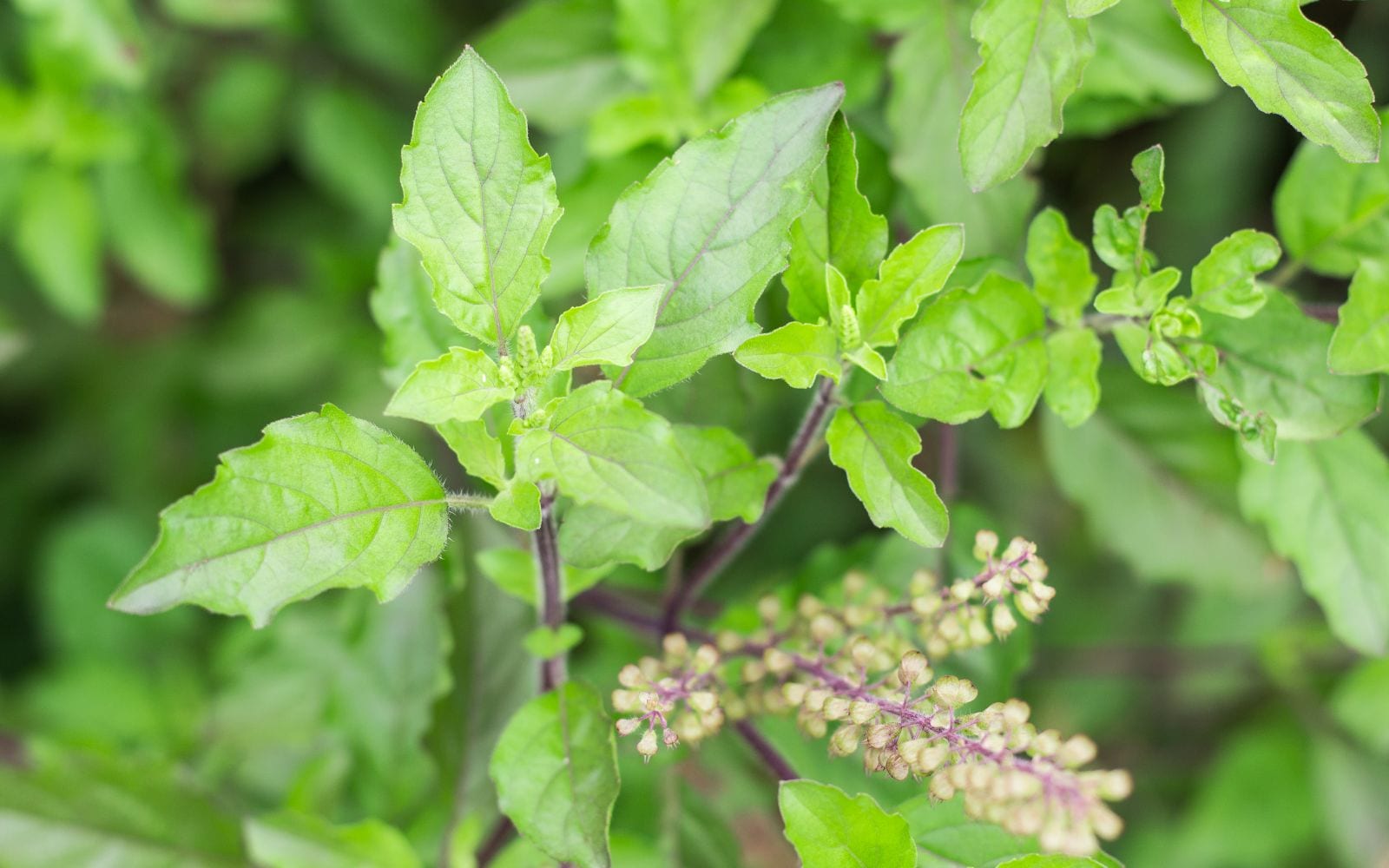
Is Holy basil and Tulsi the same?
Holy basil and Tulsi are the same things. Tulsi is a Hindi word used in the Indian subcontinent and is one of the most revered medicinal herbs.
People in India plant tulsi in their homes as they use it for Ayurvedic medicinal purposes. Tulsi is an aromatic herb, and its leaves, stems, and seeds are used for medicinal preparations.
You can use tulsi to reduce stress. It helps the body adapt to stress while maintaining sugar levels and removing toxins from the body. In Western countries, Tulsi is known as Holy basil.
It blooms in small violet flowers with a purple tinge and has a green stem. Different names are also known as Tulsi or Holy basil.
Some of the most commonly used terms are Albahaca Santa, basilic saint, lemon basil, green holy basil, Kala Tulsi, Krishna Tulasi, Ocimum sanctum, and red holy sacred basil.
How to differentiate between holy basil vs. sweet basil?
The sweet basil is commonly used for cooking such as Thai Basil Chicken as it gives extra flavor to the dish. Holy basil is used for medicinal purposes as it has several health benefits, but you don’t want to consume it in excess.
If you want to differentiate between holy basil and sweet basil, you should pay attention to the plant’s stem. Holy basil stems contain fine hair on them, and you can feel it if you rub your finger on it. The sweet basil stem is hairless and very smooth.
The leaves of holy basil are jagged and uneven, whereas sweet basil has smooth, flat leaves. The next difference is in the flavor and fragrance. Sweet basil (Italian basil) has a sweet clove-like taste and smells a bit spicy.
Holy basil, on the other hand, has a bitter taste and smells like a mint. The leaves of holy basil are usually smaller and less broad than sweet basil.
Where to buy holy basil?
You can buy holy basil seeds or use them as transplants grown in a greenhouse. You can buy holy basil from local garden stores or various online retailers such as Amazon.
You can also look at the organic certification on seeds. Some vendors also sell holy basil under the name of Tulsi. It thrives in the heat of summer that you can plant in a container garden. Lemon basil is also quite popular among growers.
Can you grow holy basil from seeds?
You can grow holy basil from seeds, and there are many flavors to experiment with. You can plant basil seeds in a greenhouse or outdoor in full sun.
The harvesting is between June to September. Anything beyond that is challenging to maintain as it fades rapidly in low light and cold nights.
Some basils can be overwintered but will grow little, and it may not be worth the effort. You can sow and grow basil in April or May. You should be careful not to overwater seedlings, especially in dull weather. You can plant out in basil in full sun or a greenhouse.
Pick off larger leaves as needed and all ends of the flowering stem when they appear. This encourages leafy growth.
Here is a list of different basil varieties that you can grow:
| Variety | Character | Sow | Spacing (cm) | Height (cm) | First Harvest | Note |
|---|---|---|---|---|---|---|
| Green | Tiny leaves, slow to flower | Mar-May indoor | 25×25 | 25 | June-July | Pick/cut around the corner, best grown indoor |
| Lime | Deeply scented small leaves | Mar-May indoors | 25×25 | 35 | June-July | Pick regularly, remove flower stems |
| Red | Deep color, bitter | Mar-May indoors | 25×25 | 35 | June-July | Pick regularly, remove flower stems |
| Sweet Genovese | High yield, good for pesto | Mar-May, indoors | 25×25 | 35 | June-July | Pick regularly, remove flower stems |
Basil can be sown directly into the containers you want to grow it in. You can plant it thinly and cover it with a thin layer of potting mix in pots in mid-spring inside on a sunny windowsill.
Alternatively, you can buy plants in spring/summer. When the basil germinates, keep it moist, but try not to water it in the evening because basil doesn’t like water in the evening.
When all fear of frosts is over, put your basil outside in a sunny, sheltered position. When the plant gets bigger, pinch out the growing tips to encourage it to bush out.
Pinch out the flowers when they appear. “Sweet Genovese” is the one to choose for Italian-style mozzarella and tomato salads, pesto, and pasta sauces.
Purple basil looks lush and gorgeous. For example, in Thai cuisine, choose Thai lemon basil. At the end of the summer, you can keep the plant going for a month or so by bringing it inside.
How to transplant basil seedlings from seed starting trays
Getting basil plants out of pots without destroying them is often an overlooked skill. You can’t just grab the leaves and yank it as it may damage the roots. The best way to transplant is to turn the pot upside down without shaking it much.
Small basil plants are fragile and very sensitive, so don’t shake it much to get it out from the seeding tray.
The best way to get your basil seedlings out intact is to give each cell a gentle squeeze to loosen the roots from the sides, then poke up through the drainage hole with a stick or the blunt end of a pencil.
When done correctly, the whole plant, roots and all should pop out, and you can then replant it into a bigger container, handling it by the rootball, so you don’t damage the plant itself.
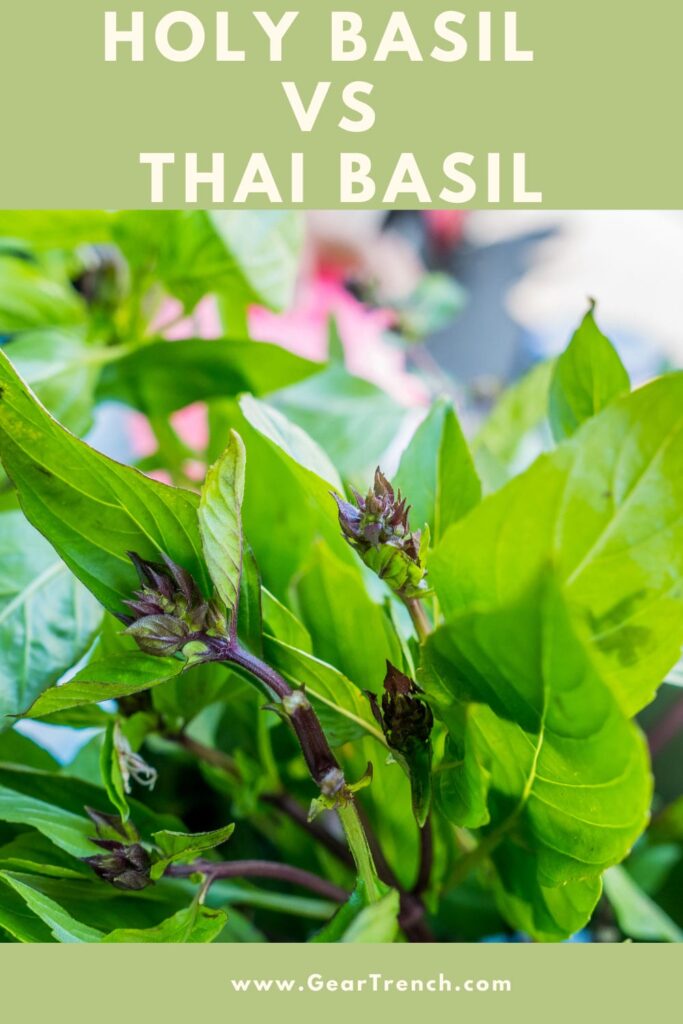
Don’t forget to share this post


